
In Sanskrit, according to Rock and Gem, the word for ruby is "ratnaraj," which translates loosely to "king of gemstones." Today, rubies are still regarded as valuable because of their beautiful red color, hardness and rarity. Though India is typically seen as the origin of the finest ruby crystals, there are deposits throughout Europe, Asia and the Middle East. In the 1960s, rubies were discovered in East Africa.
Features
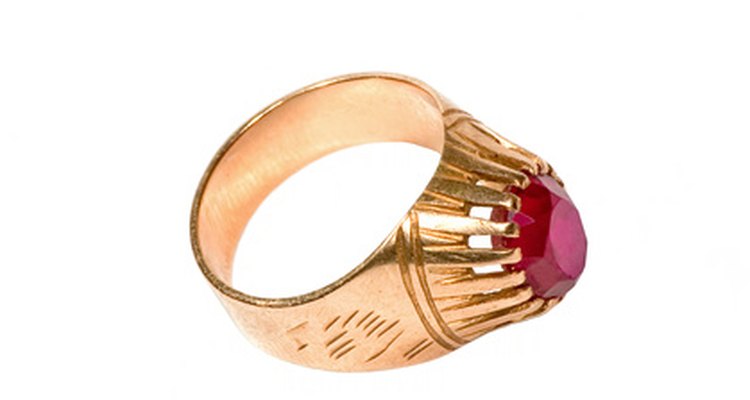
According to "Rock and Gem," rubies take their name from the Latin word "ruber," meaning red. Rubies form when oxygen combines with aluminum to form aluminum oxide, also known as corundum. A deeper red color occurs when chromium takes the place of aluminum when the crystal forms; the more chromium, the more intense the color. Rubies are typically hexagonal prisms, and, according to "Rock and Gem," they tend to be small because “the presence of chromium has an inhibiting effect on crystal growth.” African rubies form into many shades of red, from light to dark.
Types
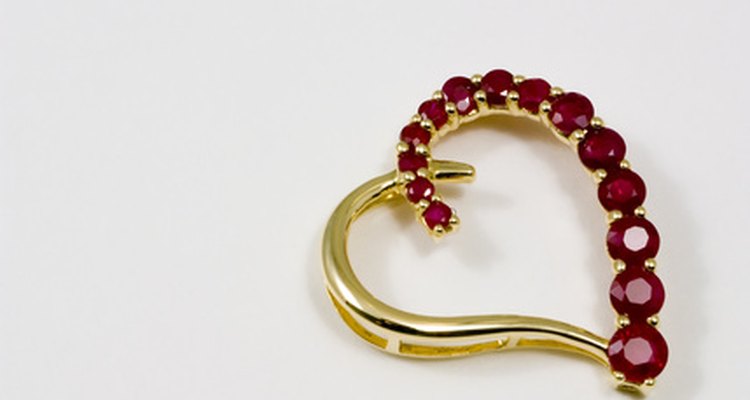
The value of individual gemstones is determined by several factors, including color, cut, clarity and carat weight. Large, deep red, flawless rubies are more valuable than smaller, lighter red stones that have inclusions. The nature of the stone affects the cut. If the stone has flaws, probably it will become a cabochon. Cabochons are non-faceted, smooth and polished dome-shaped stones. Stones with few or no inclusions are cut with facets. In addition to the “four c’s,” rarity is a factor in a ruby’s value. Fine quality rubies are rare and, thus, more valuable.
Geography
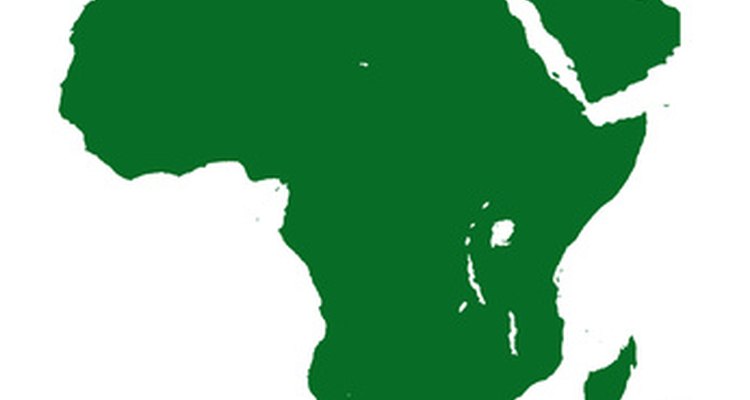
The International Colored Gemstone Association's (ICA) information about rubies indicates that "for a long time, India was regarded as the ruby’s classical country of origin.” Other locations where rubies are found include Myanmar, Vietnam, Thailand, northern Pakistan and Nepal. More recently, the eastern coast of Africa, including Kenya and Tanzania, became a source of these gemstones. However, according to the ICA, because most of East Africa’s rubies are “heavily included” and not suitable for faceting, they become cabochon stones. ICA further indicates that the cut of the stone affects its color. For example, Tanzania’s red and pink rubies, when “cut into cabs [they] usually turn[ed] a purplish color.”
History
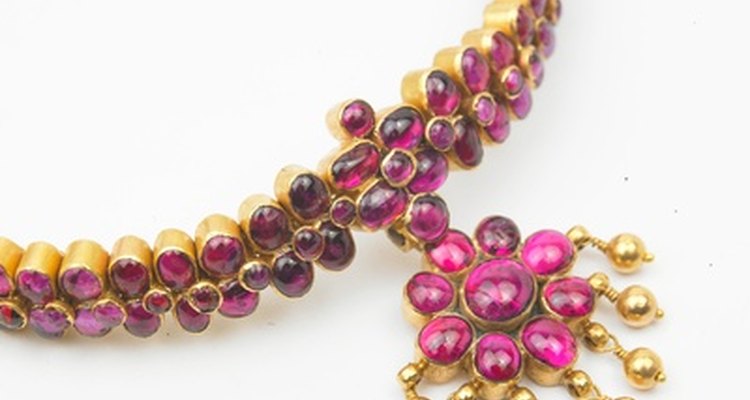
Some cabochon-cut rubies have inclusions that reflect light to form an asterism, meaning the stone seems to contain a star. The De Long Ruby is a famous star ruby that weighs in at 100.3 carats. Found during the 1930s in Burma, the De Long Ruby was stolen in the Great Jewel Robbery: three thieves, inspired by a movie, stole the stone from the American Museum of Natural History and eluded capture...until they bragged about their crime. Thereafter, the De Long Ruby was recovered and returned to the museum.
Function

Rubies are extremely hard, ranking 9 on the Mohs Hardness Scale and just one notch below diamonds. For this reason, they can be used in all kinds of jewelry without much concern about damaging the stone. According to "The Curious Lore of Precious Stones," in Burma, rubies served as talismans and were “believed to confer invulnerability.” Unfortunately, to achieve an invulnerable state, it was not enough to carry the stone or wear ruby jewelry. As "The Curious Lore of Precious Stones" describes, the ruby had to be “inserted in the flesh.”
Related Articles
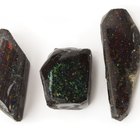
Which Types of Gems Are Most Expensive?
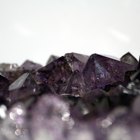
Types of Valuable Crystals

Difference Between Manmade & Natural ...
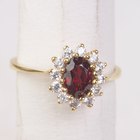
Physical Characteristics of the Ruby ...

What Is Ceylon Sapphire?
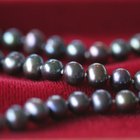
What is the Value of Black Pearls?

Cubic Zirconia Vs. White Spinel

How Valuable Is a Garnet in Carats?
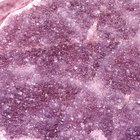
What Is a Pink Amethyst?

The Value of Commercial Grade Diamonds
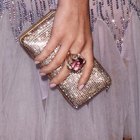
How to Tell If a Gem Is a Kunzite?
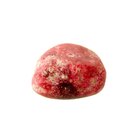
How to Identify Red Jasper
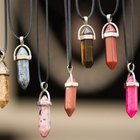
Types of Coral Jewelry
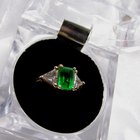
The Differences Between Emerald Cut & ...

Kunzite Pricing Guide
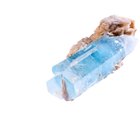
List of the Types of Semi-Precious ...

Semi-Precious Stones Found in Kansas
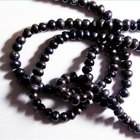
How Rare Is a Black Pearl?

Tanzanite Vs. Diamonds
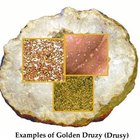
What Is Golden Druzy?
References
- International Colored Gemstone Association: Ruby Information
- Rock and Gem; Ronald Bonewitz; 2005
- The Curious Lore of Precious Stones; George Kunz; 1913
Writer Bio
Anna Marshall is a counselor in Washington, DC. She loves photography and reading. Among her favorite authors are Dean Koontz, Jim Butcher, J.K. Rowling, and Janet Evanovich. She also enjoys research and sharing her learning with others through her writing.
Photo Credits
ring with ruby image by Vita Vanaga from Fotolia.com